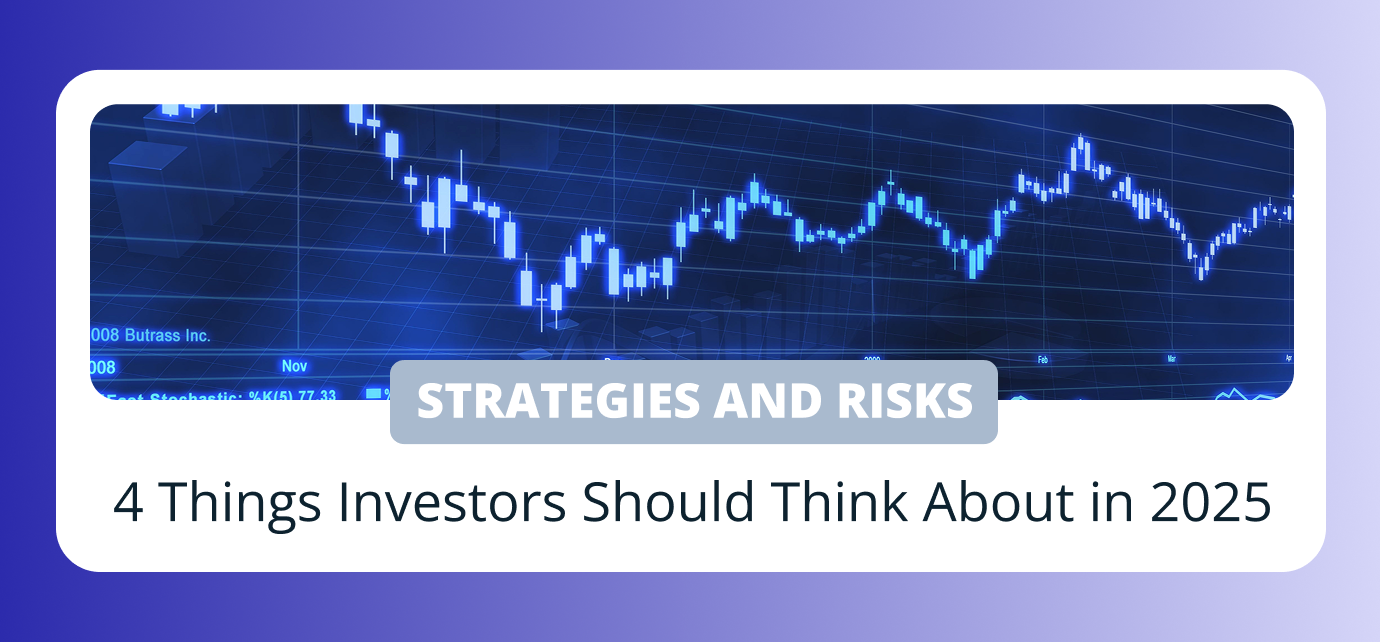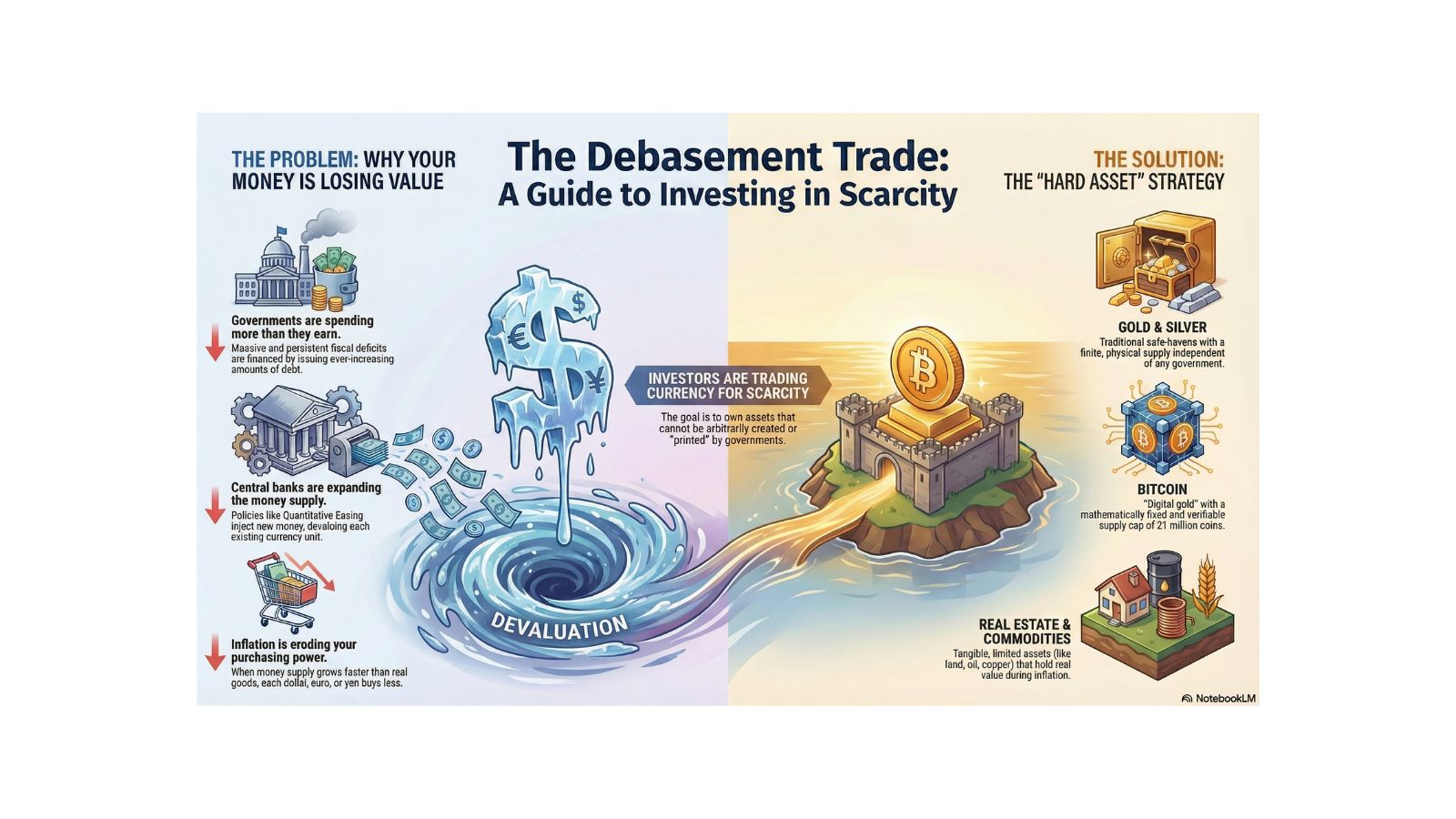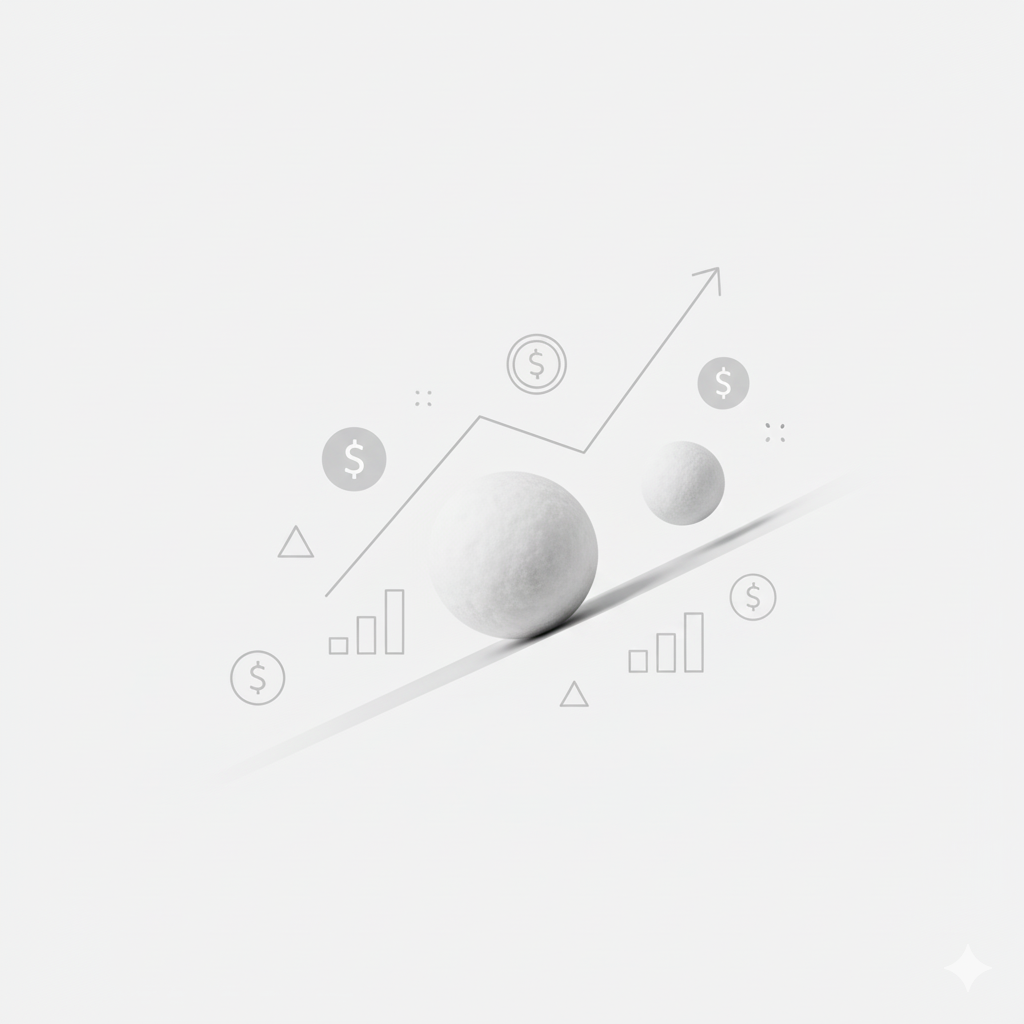In September, global markets received several signals at once that set the tone for investment strategies. Data on consumer spending in the United States, new comments from the Fed, and the dynamics of the currency and bond market create a contradictory picture: the economy remains stable, but the risks are still high.
1. US consumer spending and inflation remain a story that cannot be ignored
According to Bloomberg, Americans personal spending increased by +0.4% in August, marking the third consecutive month of growth. Also Bloomberg notes that core inflation remains above the 2% target, and this makes the Fed remain cautious. For investors, this means that the consumer sector retains potential, but the rate risks have not yet been removed.
2. Monetary Policy: The Fed's cautious course
Fed spokesman Hammack stressed that monetary policy should remain "restrictive"(Reuters).
At the same time, the Financial Times writes that the OECD allows up to three rate cuts until the spring of 2026 . For investors, this is a double signal: in the short term, rates will remain high, but in the 12-18 month horizon, mitigation is possible. This makes fixed-income bonds and dividend stocks attractive for positioning ahead of future rate cuts.
3. Stock markets: mixed dynamics and expectations
The S&P 500 and Nasdaq managed to bounce back after three days of declines thanks to inflation data (Reuters). But analysts warn that in a number of sectors, especially in technology, valuations already look inflated. Investors should be selective – focus on companies with stable cash flow, low debt, and reasonable multipliers.
4. Currencies and bonds: the dollar is weaker, return on investment is lower
Bloomberg notes the weakening of the dollar amid expectations of lower interest rates. Yields on treasuries also decreased slightly, especially on short terms. This creates a "window of opportunity" for:
- a partial transition to obligations as a protective instrument,
- investments in currencies and assets of emerging markets, if the trend towards a weakening dollar is consolidated.
What should investors pay attention to?
1. It is worth diversifying the portfolio more actively
In conditions of uncertainty (US inflation is above the Fed's target, but costs are rising and rates remain high), it is impossible to concentrate in one sector. Break your portfolio into several areas: growth stocks, dividend stories, commodity companies, and defensive sectors.
2. Think about on business quality
Choose companies with low debt, stable margins, and a proven ability to generate profits. Especially valuable now is the presence of an "economic moat" — a unique advantage that protects against competition.
3. Monitor the dividend calendar and share buybacks
— Give priority to companies with predictable and sustainable returns.
— Check the payout ratio (preferably up to 40%, the exception is REIT).
— Share buybacks will be a plus — this is a hidden form of return of capital to the investor.
4. It will be useful to follow the Fed's signals
Even small changes in rhetoric can dramatically change the dynamics of the market. By the end of the year, investors should be prepared for increased volatility.


















